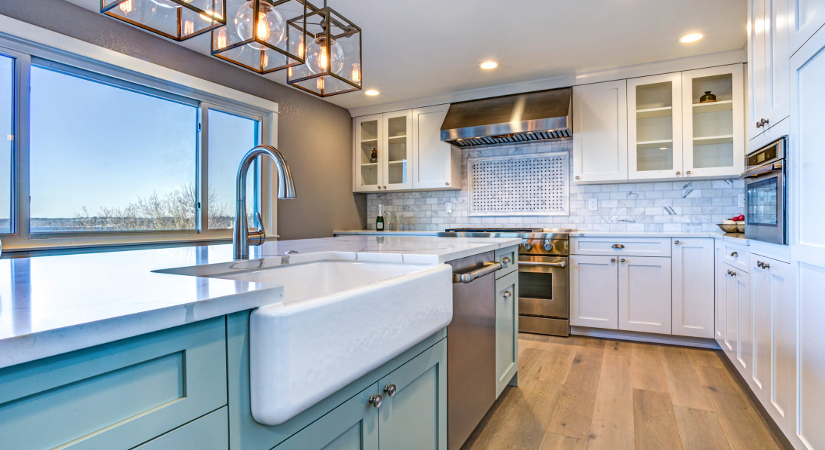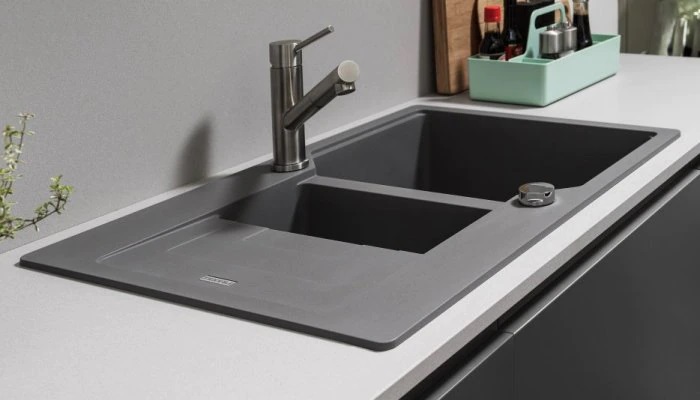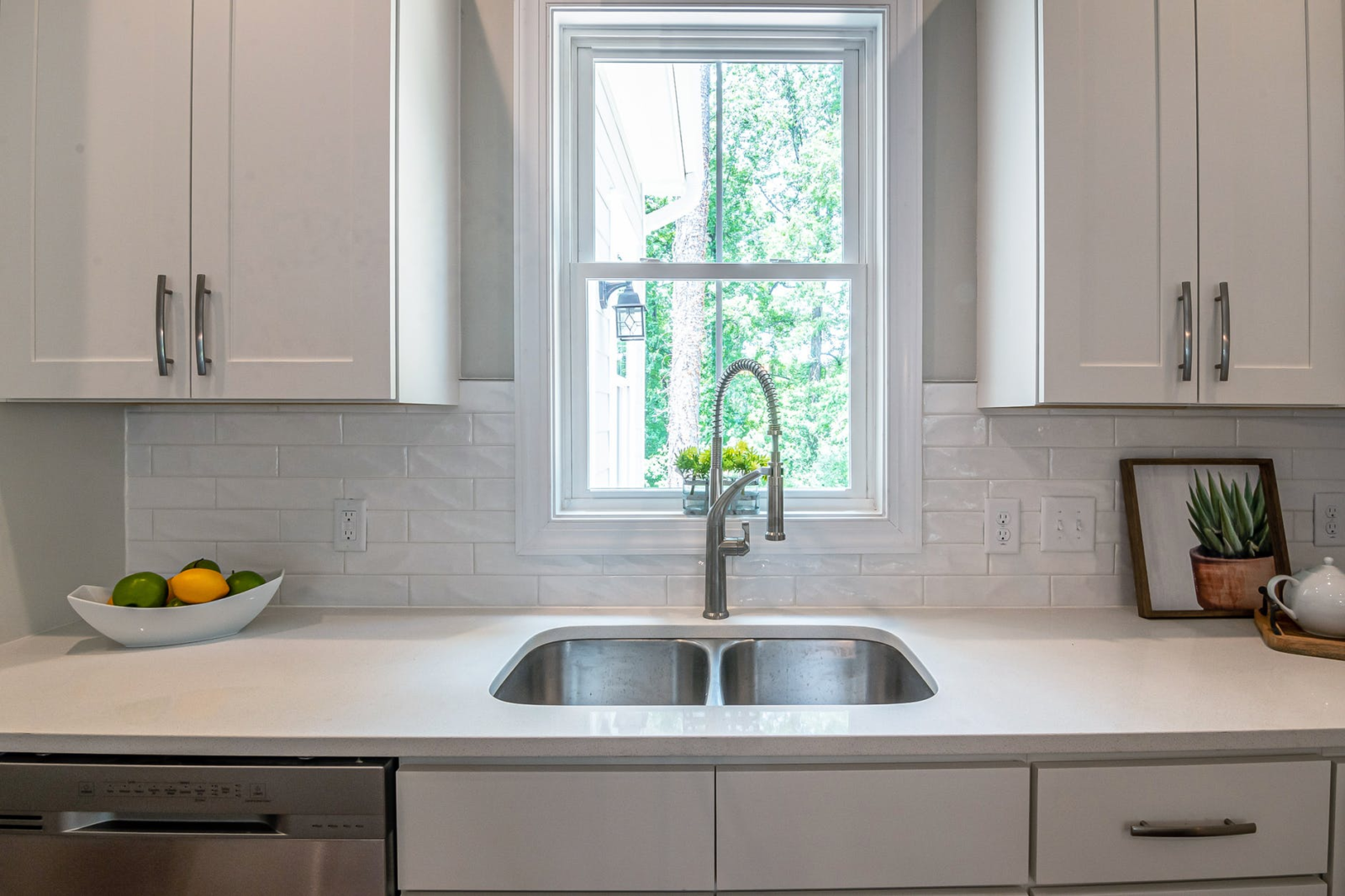The kitchen is one of the most important parts of a house. You can live in a house without a balcony, living room, or dining room, but it’s impossible to live in a house without a kitchen unless you order every single meal every single day. Even then, you’ll need a kitchen to assemble the food.
Kitchen problems, such as malfunctioning sinks, blocked or leaky faucets, are prevalent since this area of the house is utilized more frequently. We’ll have to spend a lot of money to fix them. When dealing with such issues, it’s a good idea to seek the advice of a specialist. But what if I tell you that you can fix these issues yourself? I know it sounds like a bit of a hassle, but believe me, it’s not. Just read until the end of this article to find out why. Given below are some common kitchen sink issues and their solutions.
If Your Faucets Starts Leaking
A common reason for such leaks is a worn-out O-ring seal, which happens in the case of leaks coming from all types of faucets.
To fix this, remove the coupling nut from the base of the faucet and gently pull the spout from the socket after turning off the water. A frayed, cracked, discolored, or misshapen O-ring is a sign of deterioration. Always replace the O-ring in size specified for your faucet—this is a critical step in ensuring a proper seal.
Not only the O-ring but other hardware can also be the cause of the leak, depending on the type of the faucet. To resolve persistent dripping, compression faucets typically require a new stem washer, whereas cartridge faucets may require a new valve cartridge to completely stop the water flow. While installing the new valve, be sure to use high-quality Teflon tape so that it doesn’t leak anymore. If replacing the faulty hardware in your faucet does not solve the problem, you should consider changing the whole unit with the help of a professional.

If The Garbage Disposal Gets clogged Up
Despite its enticing name, your garbage disposal is not designed to handle all of your kitchen scraps. There are certain foods, such as coffee grounds, eggshells, chicken bones, and fibrous fruits and vegetables, that can cause the motor to stop working. To clear a clog on your own, always turn off the breaker that powers the disposal.
Now, shine a flashlight into the drain and try to see if you can find the source causing the clog. Then grab some long-handled pliers or tongs, and remove any visible objects. Never use your hands. Test the disposal by running hot water through the drain while the blade is running. Some blockages are caused by debris that has not been completely washed down the drainpipe. Use a non-corrosive drain cleaner for this type of clog. These products have the potential to harm the plastic components of the garbage disposal. Instead, use a cup plunger to cover the drain and fill the basin with an inch of water.
If the blockage has been removed, the water should clear after plunging the drain. If not, combine one part baking soda and two parts white vinegar and pour in the disabled disposal. The chemical reaction that will happen as a result will unclog a drain and won’t cause any damage to your plumbing.

If Your Sinks Water is Sputtering
Your sink’s water can sputter because of three problems. They are a clogged aerator, a faulty valve cartridge, or air in the water lines. Mineral deposits can accumulate as water passes through the aerator attached to the faucet opening and obstruct proper flow.
To fix this, simply twist off the aerator counterclockwise, then scrub it thoroughly, and reattach it. If this does not solve the problem, the next step is to look into the valve cartridge in your faucet. To replace a valve cartridge, first, you need to turn off the water, then gently pry off the sink handle, and remove the hardware beneath, including the retaining nuts, clips, and O-ring. But remember that cartridges differ greatly between manufacturers and models, so be sure to bring your old cartridge with you to the hardware store to ensure you get the right model.
If your cartridge is undamaged and your aerator is clear, air trapped in the lines is the most likely cause. This can happen because of minor temperature fluctuations or, more seriously, by a break in the main water supply lines. So, run cold water from the faucet for five minutes to clear the lines of air. If this does not solve the problem, hire a professional plumber to locate the source of air intake within your pipes.
Conclusion
I know fixing something isn’t something which we want to do ourselves because of the hassle and lack of knowledge about the matter. But I will say that fixing something in your house will not only save your money, but it also will help you learn something new. I hope this article has given you enough knowledge and courage to fix your kitchen sink yourself. Good Luck!














